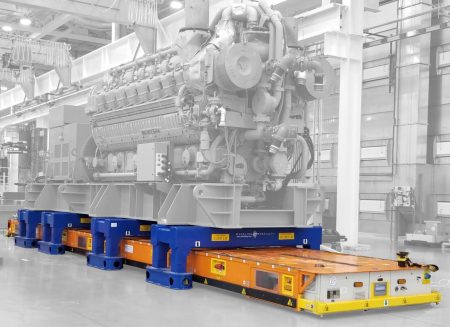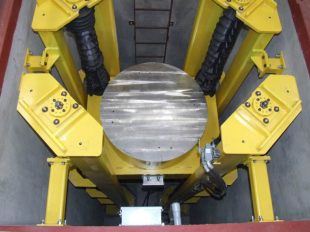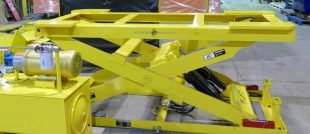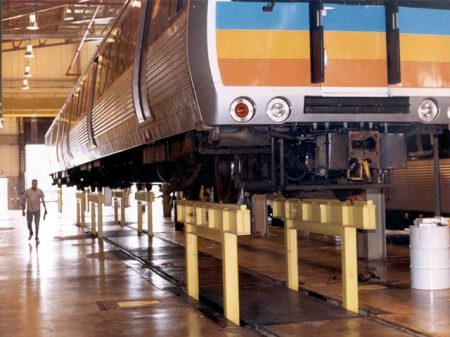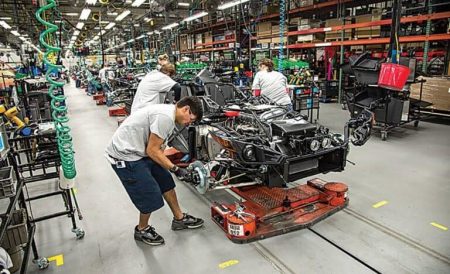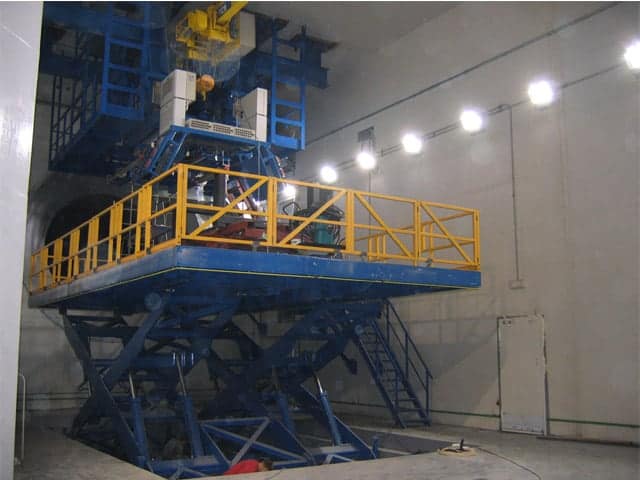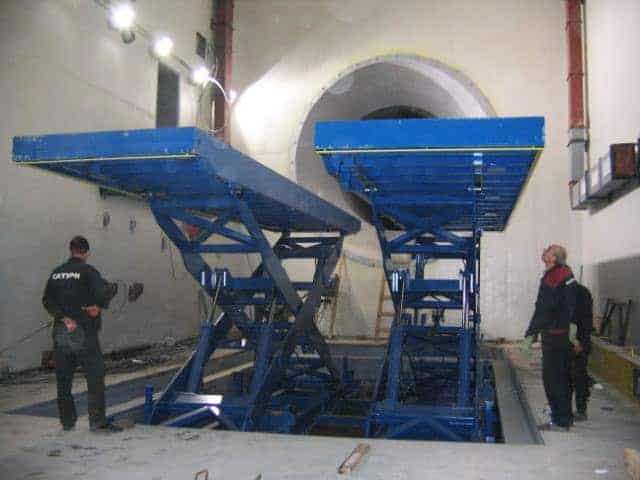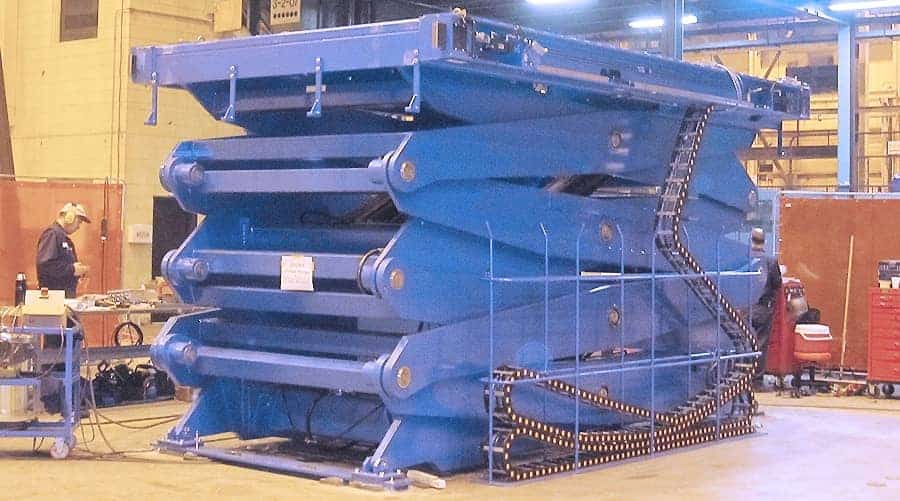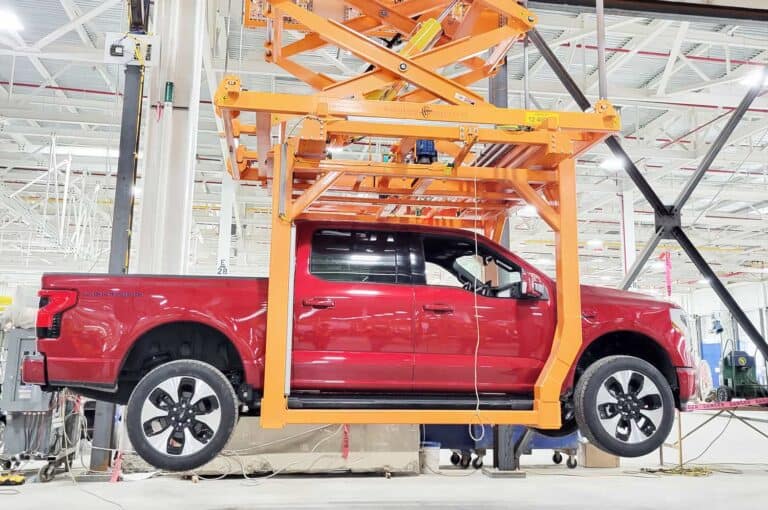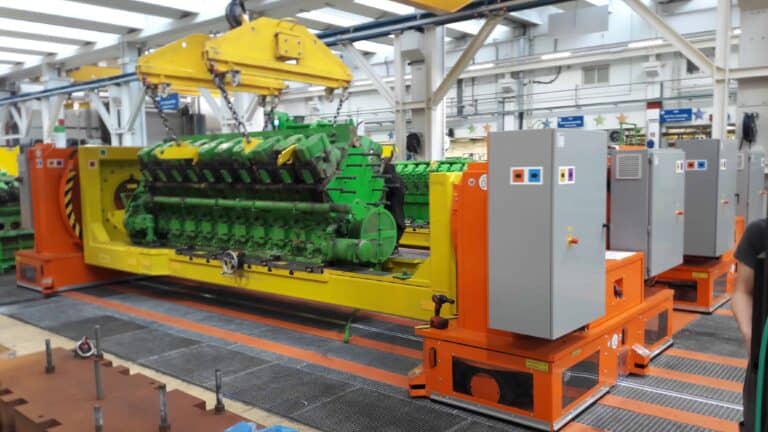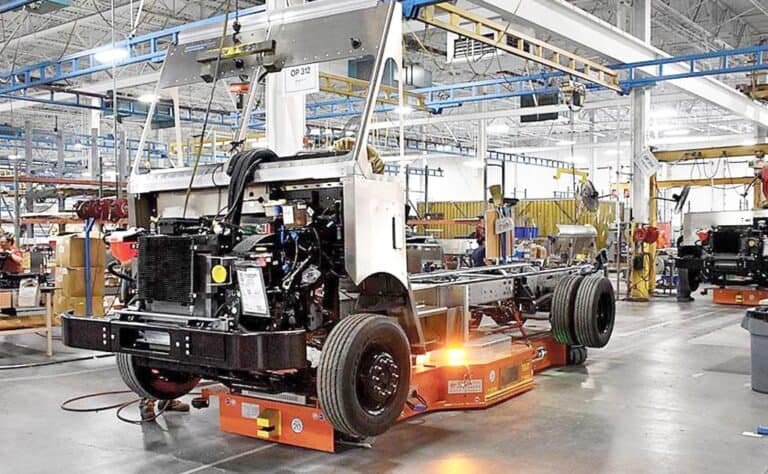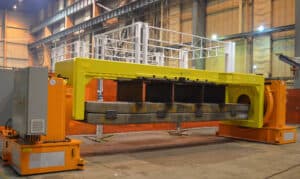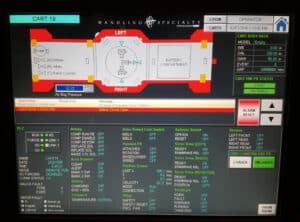The aerospace industry has seen significant progress since the early days of World War I and the growth of military aircraft. This progress created a strong need for robust and reliable engines. As technology improved, there was also a rising demand for better testing methods to assess the performance and safety of these engines. This need led to a new era of innovation in engine testing in the aerospace sector.
The Importance of Engine Testing in Aerospace and Defence
Aerospace engine testing includes several controlled trials to check how well an engine works in different flight-like situations. These tests provide important information about thrust, fuel use, temperature control, vibration, and other key factors.
Engine testing helps reduce the risks of engine failures by catching problems early in the development stage. This ensures people’s safety and protects valuable aerospace equipment. Also, this detailed process helps manufacturers gather valuable data. This data supports better engine performance and helps create more efficient and reliable engines for aerospace and defence needs.
Understanding the Unique Requirements of Aerospace Engines
Aerospace engines are amazing examples of aeronautical engineering. They work in very tough conditions not found in other industries. These engines handle a lot of pressure and big changes in temperature while still performing perfectly and safely transporting passengers and military personnel. To test them properly, we need special facilities and equipment.
The complex designs and high-tech materials used in aerospace technology, from civil aviation to military use, create unique challenges in accessing and managing the engines during testing. Engines often must be set up at certain angles and heights to mimic different parts of a flight during tests.
To check their performance and ensure reliability, we need a flexible and adaptable aerospace engine testing method. This means we require special lifts that can meet the specific needs of testing aerospace engines.
The Role of Engine Testing in National Defence Security
A strong national defence depends on how well a country can create and use advanced military aircraft. The engine is what makes these powerful machines work, and it is key to how well they perform in the air. Engine testing is very important for national defence safety. It ensures that the engines for military aircraft can handle the extraordinary demands expected of them.
The global aerospace industry is always looking for the latest technology to give defence forces an edge. Engine testing is essential in this effort. It reviews how well new engine designs work and their reliability, helping countries manage strong air superiority.
By putting these engines through strict tests, defence agencies can feel sure that their aircraft have engines that provide the power, lasting time, and strength needed to meet mission goals.
Introduction to Multi-Stage Lifts for Engine Testing
Precision and reliability matter in aerospace and defence. Multi-stage lifts have become key tools for testing engines. These advanced lifts are designed to support and position engines of different sizes during tests.
With adjustable heights, multi-stage lifts give engineers the flexibility to test at various levels, mimicking different flight conditions. The adjustable height also allows for proper alignment with other testing equipment, ensuring the precision of the data collected during important performance tests.
How Multi-Stage Lifts Work
Multi-stage lifts are impressive examples of aerospace engineering. They are carefully designed to move up and down in a steady and controlled way. “Multi-stage” means these lifts usually have two or more columns that help lift them, stacked one on the other. Each stage works on its own, allowing for accurate height adjustments.
The main part of a multi-stage lift uses a strong hydraulic unit or an electromechanical drive to lift heavy jet engines. This system pumps hydraulic fluid or uses electric motors. By moving the lifting columns, the platform is raised or lowered to the right height
These lifts include strong locking systems to keep everything stable and stop any movement during testing. These systems hold the platform steady at the right height. Additionally, a smart control system lets operators change the height of each stage separately. This makes it easier to position the engine accurately during testing. Pre-programmed heights can also be included in the lift’s system for precision and reliability.
Advantages of Using Multi-Stage Lifts Over Traditional Methods
The use of multi-stage lifts has improved engine testing in the aerospace industry. They offer many benefits compared to old methods like fixed platforms or single-stage lifts. This new testing method is more efficient, reliable, and safe.
One main benefit of multi-stage lifts is that they lessen the time and work needed to install or remove engines. Their adjustable heights help them fit easily with other testing tools, making the testing process quicker and speeding up development cycles.
Here are some of the key benefits:
- Enhanced Efficiency: Easy height changes and precise placement speed up testing cycles and boost productivity at testing centers.
- Exceptional Reliability: Multi-stage lifts are built strong, providing stable and reliable support for heavy engines during testing.
- Increased Safety: These lifts focus on safety. They offer controlled movements and secure engine placement, which lowers the chance of accidents or damage during testing.
- Custom Tooling: Multi-stage lifts can be customized with specific tooling affixed to the platform. This allows the lifts to be adapted to fit multiple sizes of engines, providing a versatile solution for various testing needs in the aerospace and defence industries.
Clients from the Aerospace Industry
Multi-stage lifts for engine testing are now common in the industry, which shows how important they are for aerospace engineering and development. Top aerospace companies and research groups use these lifts to make testing easier, improve data accuracy, and speed up new ideas.
Handling Specialty, the premier supplier of design/build technology for aero-engine test lifts, has many return customers because of their custom work. Their expertise and reputation in the industry are evident from the fact that companies like Boeing, Bombardier, NASA, GE Aviation, Lockheed Martin, Rolls Royce, Standard Aero, and more have returned to Handling Specialty for engine test cells and many other Aerospace material handling equipment systems to build, maintain, test, and inspect their aero-engines.
Technical Innovations in Multi-Stage Lift Design
The aerospace industry is always looking for ways to improve, which has driven ongoing changes in multi-stage lift design. Manufacturers want to increase lift capacity, precision, and adaptability to keep up with the changing demands of modern aerospace engines. Finding an experienced partner like Handling Specialty improves a company’s bottom line.
Recent improvements come from teamwork between lift designers, aerospace manufacturers, and regulatory bodies. This helps them meet high industry standards. They also focus on the specific needs of engine testing. Let’s look at some new advancements shaping the future of multi-stage lift technology.
Recent Advancements in Lift Technology
Recent changes in aerospace technology have started a new era for engine design. This new design has more complicated parts and uses modern materials. Manufacturers have added new features to multi-stage lifts to keep up with this fast change, making them stronger and more useful for today’s engine testing needs.
One new idea is high-capacity lifts that can lift large, heavy aircraft engines. These lifts use strong hydraulic systems or electromechanical drives. They give the power needed to lift while staying steady and easy to control, even when lifting heavy, delicate items.
With more positioning options, engineers can better mimic different flight conditions, which helps make testing procedures more accurate.
Integrating Automation in Multi-Stage Lifts for Improved Efficiency
In the aerospace industry, there is a strong focus on being more efficient and simplifying processes. Automation has become an important technology for lifting designs that have multiple stages. Adding automated systems improves the accuracy and control during engine tests. It reduces people’s mistakes and makes testing much more efficient.
New multi-stage lifts use programmable logic controllers (PLCs) and advanced software, enabling operators to set up and automate specific test sequences ahead of time. The automated systems precisely control how high the lift goes, placing the engine accurately each time, which is essential for getting reliable data from many tests.
Also, automation in these lifts makes gathering and analyzing data more manageable. Sensors on the lift can check essential details like engine height, angle, and vibrations. They send this information right away to a central control system. This way, automation makes data more accurate and lessens the workload for testing staff. They can then spend more time understanding and analyzing the data, speeding up and improving the testing process.
Safety and Compliance in Engine Testing
Engine testing in the aerospace and defence fields is very complicated and dangerous. This is why strict safety rules and regulations are needed. Protecting people, protecting essential equipment, and following environmental rules are top priorities during testing.
Multi-stage lifts are essential for keeping the testing area safe. They help by securely holding the engine in place, reducing the chance of accidents. The companies that make these lifts focus on safety, including emergency stop buttons, lift switches, overload protection, and safety locks.
Conclusion
In conclusion, the aerospace and defence industries trust multi-stage lifts for engine testing. These advanced systems meet the unique needs of aerospace engines. They are important for national defence, security, and commercial airlines, and have significant benefits over old methods. Client studies show better engine reliability and more precise testing. These lifts are key to improving operational efficiency and safety. With ongoing technical improvements and a focus on meeting global standards, engine testing technology in aerospace and defence seems promising and secure for the future.
Frequently Asked Questions
Why are multi-stage lifts preferred for engine testing in aerospace?
Multi-stage lifts are popular in aerospace. They improve efficiency and reliability during engine tests. Their adjustable heights and accurate positioning help speed up testing processes. Also, their strong build provides stable support for heavy engines.
How do multi-stage lifts contribute to engine reliability and safety?
Multi-stage lifts help make engines more reliable. They also provide a safe platform for testing, allowing us to carefully mimic different working conditions, which helps us find possible problems early. The strong safety features lower risks during the testing.
What are the cost implications of using multi-stage lifts for engine testing?
Engine testing multi-stage lifts can save money in the long run. They help shorten testing times, reduce delays, and lower the risk of damage to expensive engines. This is thanks to their excellent stability and accurate positioning.
Can multi-stage lifts be customized for different types of engines?
Multi-stage lifts are highly customizable. They can meet the needs of different engine types. Manufacturers provide various options. You can choose from different setups, load limits, platform sizes, custom tooling, and extra features. These are all made to fit specific testing needs for engines.

